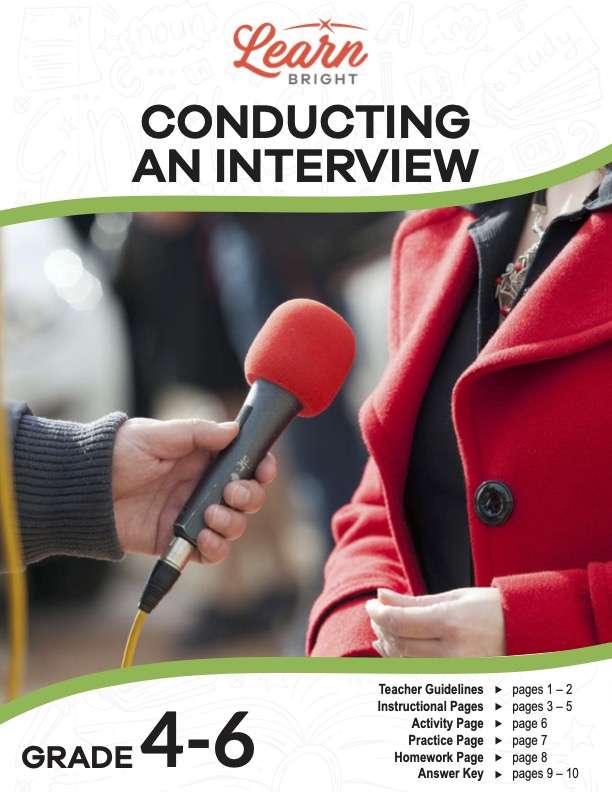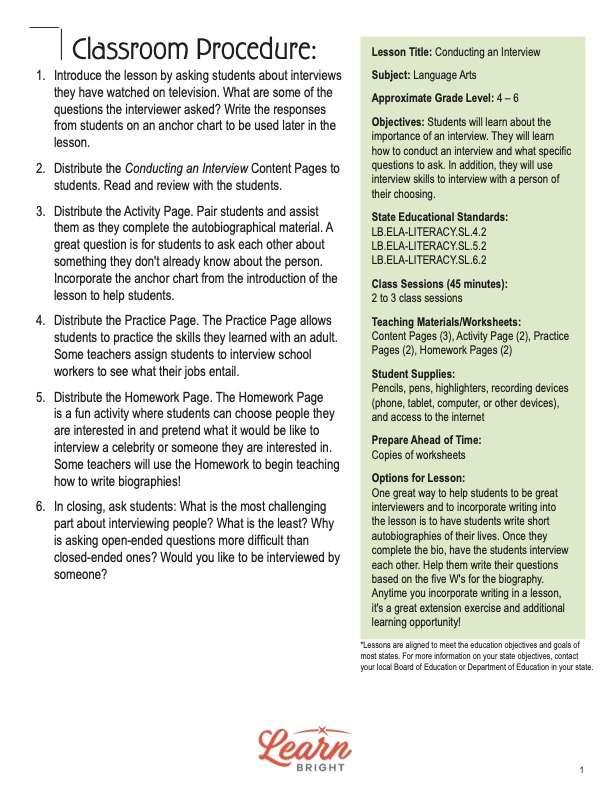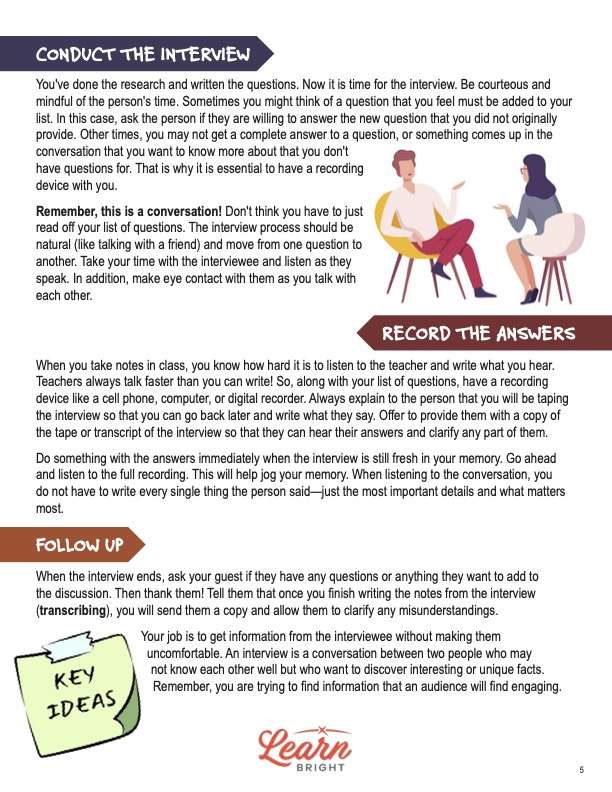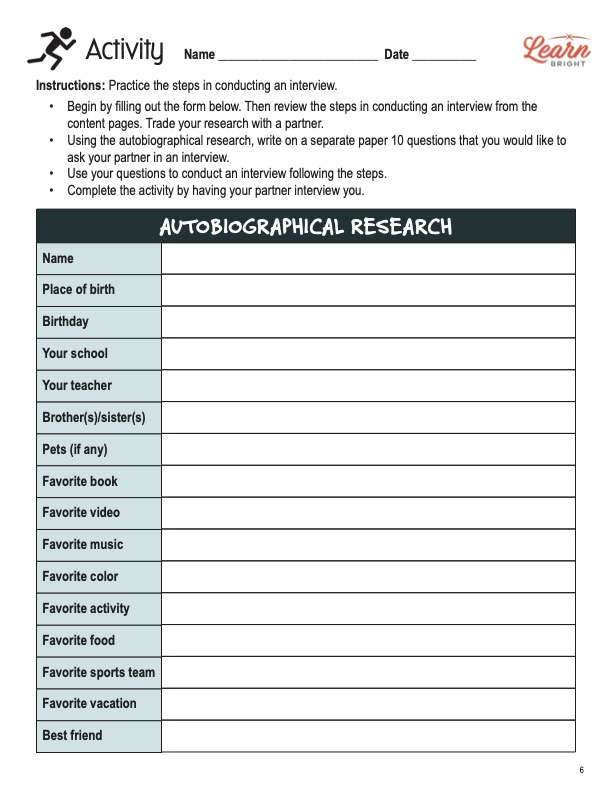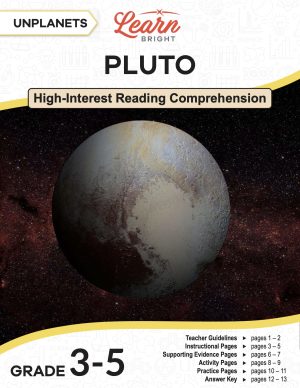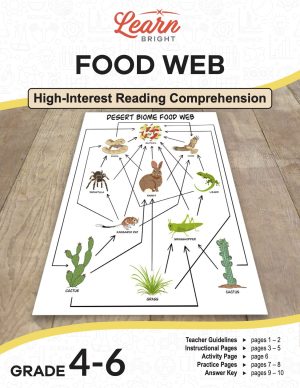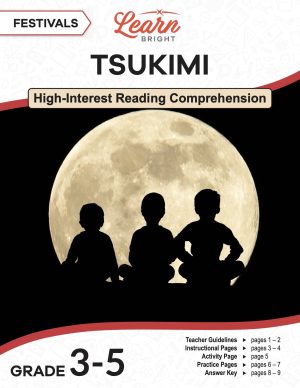Description
What our Conducting an Interview lesson plan includes
Lesson Objectives and Overview: Conducting an Interview teaches students all about the importance of an interview. Students will learn how to conduct an interview and what specific questions to ask. In addition, they will use interview skills to interview with a person of their choosing. This lesson is for students in 4th grade, 5th grade, and 6th grade.
Classroom Procedure
Every lesson plan provides you with a classroom procedure page that outlines a step-by-step guide to follow. You do not have to follow the guide exactly. The guide helps you organize the lesson and details when to hand out worksheets. It also lists information in the yellow box that you might find useful. You will find the lesson objectives, state standards, and number of class sessions the lesson should take to complete in this area. In addition, it describes the supplies you will need as well as what and how you need to prepare beforehand. Students will need some kind of recording device for this lesson.
Options for Lesson
The “Options for Lesson” section of the classroom procedure page lists a number of suggestions for ideas and activities you could incorporate into the lesson. One great way to help students to be great interviewers and to incorporate writing into the lesson is to have students write short autobiographies of their lives. Once they complete the bio, have the students interview each other. Help them write their questions based on the five W’s for the biography. Any time you incorporate writing in a lesson, it’s a great extension exercise and additional learning opportunity.
Teacher Notes
The teacher notes page provides an extra paragraph of information to help guide the lesson and remind you what to focus on. The blank lines on this page are available for you to write out thoughts and ideas you have as you prepare the lesson.
CONDUCTING AN INTERVIEW LESSON PLAN CONTENT PAGES
The Conducting an Interview lesson plan contains three pages of content. What do you think when you hear the word interview? You have probably seen reporters gathered around players, firing questions at the athletes after big sports events. Maybe you were watching TV and saw reporters interview people after a disaster occurred. Or you could have watched talk show hosts as they talk with celebrities. These are all forms of interviews. An interview is a one-on-one conversation with someone. The purpose is to get information from the person to share with others.
How often someone interviews you every day may surprise you! You may think, “Wait, I’m not a celebrity. When am I ever interviewed?” But think about your day. Did your teacher ever ask you a question about something you worked on? Do you have friends who want to know what you did over the weekend? What about when a parent asks how your school day was? All of these are forms of interviews. The people around you want to engage you in a one-on-one conversation to obtain information.
Sometime in the near future, you will have a college entrance interview or a job interview. These are important! So, it’s better to prepare and learn about interviews now than to wait for an important one to happen. And the best preparation is to learn how to interview someone so that you can learn how to respond to interview questions yourself!
Types of Questions
In an interview, someone will ask you several questions, many unexpected. While you may not know what questions they will ask, there are only two types of questions: open-ended or closed-ended. Let’s begin with closed-ended. These are the easiest to answer! You can answer a closed-ended question with a yes or a no. Closed-ended questions don’t require any more explanation other than yes or no.
For example, if your teacher asks whether your favorite ice cream is chocolate, you could answer yes or no. You don’t have to explain why chocolate is or is not your favorite ice cream. One way to think of closed-ended questions is like true and false questions on a test. It’s one or the other—you don’t need to expand on why the statement is true or false.
The opposite of closed-ended is open-ended. When someone asks you an open-ended question, they expect you to respond with detail and explanation. You can’t respond to these types of questions just with a yes or no. For example, what is your opinion of chocolate ice cream? Obviously, a yes or a no does not answer the question. Think of open-ended questions as the questions on a test that require you to explain your answer.
Teachers sometimes call these questions constructed responses because you must create a solution that explains your answer. Interviewers prefer open over closed questions. Recall that the purpose of an interview is to get information from the person to share with others. While “yes” or “no” provides some info, open-ended questions will always be more exciting and informative.
Research, Develop Questions, and Interview
The first step in the interview process is to complete some research on the person you will interview. Make sure you prepare. You want to know about them before deciding what to ask them. You do not want to waste the person’s time. What if you were going to interview a famous musician. What would you ask them? If you are unfamiliar with their music, you could research their latest songs or any awards they have received.
Next, use your research to write interview questions. You will want plenty of questions, but not so many that you overwhelm the person you are interviewing. Avoid closed-ended questions, or else it will be a short interview! Provide your questions in advance to the person you will interview so that they will not be surprised or caught off guard. Doing so also allows them to think about their answers. Write or type your questions so you can read them off easily during the interview.
The third step is to conduct the interview itself. You’ve done the research and written the questions. Now it is time for the interview. Be courteous and mindful of the person’s time. Sometimes you might think of a question that you feel must be added to your list. In this case, ask the person if they are willing to answer the new question that you did not originally provide. Other times, you may not get a complete answer to a question, or something comes up in the conversation that you want to know more about that you don’t have questions for. That is why it is essential to have a recording device with you.
Remember, this is a conversation! Don’t think you have to just read off your list of questions. The interview process should be natural (like talking with a friend) and move from one question to another. Take your time with the interviewee and listen as they speak. In addition, make eye contact with them as you talk with each other.
Record the Answers and Follow Up
When you take notes in class, you know how hard it is to listen to the teacher and write what you hear. Teachers always talk faster than you can write! So, along with your list of questions, have a recording device like a cell phone, computer, or digital recorder. Always explain to the person that you will be taping the interview so that you can go back later and write what they say. Offer to provide them with a copy of the tape or transcript of the interview so that they can hear their answers and clarify any part of them.
Do something with the answers immediately when the interview is still fresh in your memory. Go ahead and listen to the full recording. This will help jog your memory. When listening to the conversation, you do not have to write every single thing the person said—just the most important details and what matters most.
The final step is to follow up. When the interview ends, ask your guest if they have any questions or anything they want to add to the discussion. Then thank them! Tell them that once you finish writing the notes from the interview (transcribing), you will send them a copy and allow them to clarify any misunderstandings.
Your job is to get information from the interviewee without making them uncomfortable. An interview is a conversation between two people who may not know each other well but who want to discover interesting or unique facts. Remember, you are trying to find information that an audience will find engaging.
CONDUCTING AN INTERVIEW LESSON PLAN WORKSHEETS
The Conducting an Interview lesson plan includes three worksheets: an activity worksheet, a practice worksheet, and a homework assignment. Each one will help students solidify their grasp of the material they learned throughout the lesson. You can refer to the classroom procedure guidelines to know when to hand out each worksheet.
AUTOBIOGRAPHY ACTIVITY WORKSHEET
Students will practice the steps in conducting an interview by filling out the form on the activity page. They will then exchange the page with a partner. Each student will use the autobiographical research to develop 10 questions to ask their partners in an interview. Using those questions, students will follow the remaining steps for conducting an interview.
CONDUCTING AN INTERVIEW PRACTICE WORKSHEET
The practice worksheet requires students to pick a family member or community member to interview. Using the form, they will write questions to ask and, if possible, record the interview. The bottom of the page lists several reflection questions for students to contemplate after they have finished the assignment.
FAVORITE PERSON HOMEWORK ASSIGNMENT
For the homework assignment, students will pretend to be a reporter who gets to interview their favorite person in the world. They will write out 10 questions that they would like to ask this person if they had the chance.
Worksheet Answer Keys
Given the nature of the assignments, the answer keys at the end of the lesson plan document are sample responses to act as guides or reference. If you choose to administer the lesson pages to your students via PDF, you will need to save a new file that omits these pages. Otherwise, you can simply print out the applicable pages and keep these as reference for yourself when grading assignments.

